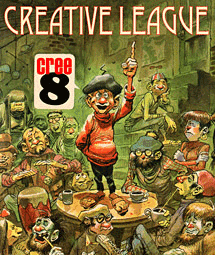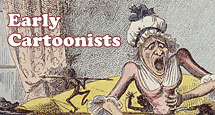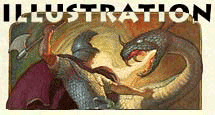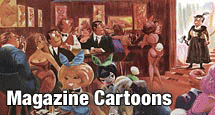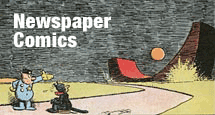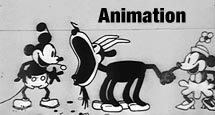What DON’T you know about animation?
That may sound like a weird question. We expect to be asked what we know about a topic, not what we don’t know. Read on to find out why that question makes sense…

I’ve always liked this quote by Mark Twain… "It ain’t what you don’t know that gets you into trouble. It’s what you know for sure that just ain’t so." A lot of us are on the wrong end of the Dunning Kruger chart occasionally. But today, I ran across this image and it reminded me of the flip side of that coin…
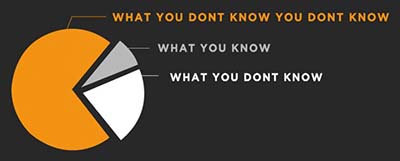
When I was in charge of the ASIFA-Hollywood Animation Archive before it was reorganized to become Animation Resources, people would come in to visit the facility and ask, "What do you have by Chuck Jones?" or "Do you have material from Miyazaki films?" or "Can you show me some Milt Kahl drawings?" Of course the Animation Archive includes all of those things, but those aren’t the right questions to be asking.
Every month Animation Resources digs deep into the Animation Archive we’ve been building since the ASIFA days to put together a Reference Pack with e-books, still-framable videos and podcasts on a wide variety of subjects. We could stick close to the sorts of topics you find in DVD supplements, corporate animation history books, and fan sites on the internet… and a lot of people would be very happy with that. It’s comfortable to revisit things you already know about. It makes you feel like you’ve got a grasp on the subject. You know what’s expected and you aren’t required to think too much. But that isn’t what we do at the Animation Archive.
When I established the archive at ASIFA-Hollywood, I was excited to share all the things I knew about cartooning and animation. But every day the doors were open, I discovered more things that I DIDN’T know. I still learn new things as time passes, but even more important is that I learn more things that I don’t know. Day after day, month after month and year after year, I discover more amazing things that I should know about, but I don’t know.
Creativity is an uncomfortable process. You have to "think outside the box" and push yourself to do things you’ve never done before. If you don’t, you run the risk of sliding back into formulas and rehashing old, tired ideas. Learning to be creative is no different. You have to forcibly break old habits, open your eyes to the world and glean inspiration from new sources. The broader your frame of reference, the wider your creative scope. New things should really excite you because they encourage new ways of thinking and inspire new things you can create.

I know a lot of people, especially artists in the trenches in the animation business, look at Animation Resources’ announcements of Reference Packs and say to themselves, "What the hell is that? That isn’t anything like what I know, do, or understand." and they are absolutely correct. We share things you don’t know about yet, things you don’t do, and stuff you don’t understand. We share things you don’t know that you don’t know, and that is the best sort of thing to share!
Knowledge is power. An artist lives and dies on what he knows about the world around him. How much is it worth to have the scales removed from your eyes so you can become more than what you already are? Is it worth it to you?
Here is a clue for you. CLICK on it.
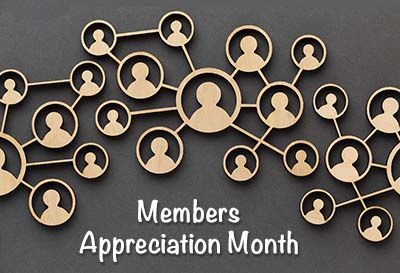
For the past decade, Animation Resources has been serving artists working in the fields of animation, cartooning and illustration. Our volunteers and members have pulled together to raise the bar for our art form, and it’s time to celebrate… It’s Members Appreciation time again!
During the month of February, Animation Resources expresses our appreciation for to members with a very special Reference Pack, and we invite you to become a member too. For the next 30 days, we will be sharing reasons why you should join us. Our benefits of membership far exceed the cost of our annual dues.

This year, we are trying something new to encourage new memberships. You can join for a one week trial membership for only A DOLLAR! Yes, you get access to everything our annual members get for seven days for only a buck. (Click here for the details on our Dollar Days.) What are you waiting for?
You can find out what our members get at the Member Appreciation Page. It’s easy to join. Just click on this link and you can sign up right now online…
JOIN TODAY!
https://animationresources.org/membership/levels/


 Animation Resources depends on your contributions to support its projects. Even if you can’t afford to join our group right now, please click the button below to donate whatever you can afford using PayPal.
Animation Resources depends on your contributions to support its projects. Even if you can’t afford to join our group right now, please click the button below to donate whatever you can afford using PayPal.









 by
by 
Posted by Stephen Worth @ 10:00 am
![]()
![]() Animation Resources depends on your contributions to support its projects. Even if you can’t afford to join our group right now, please click the button below to donate whatever you can afford using PayPal.
Animation Resources depends on your contributions to support its projects. Even if you can’t afford to join our group right now, please click the button below to donate whatever you can afford using PayPal.




